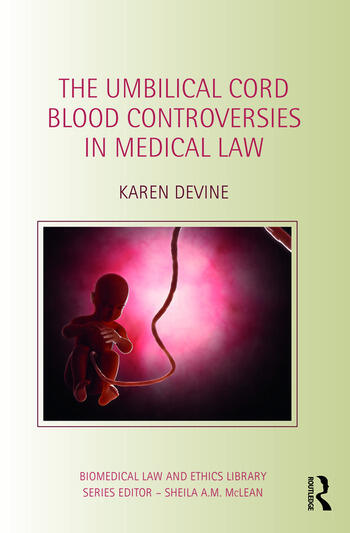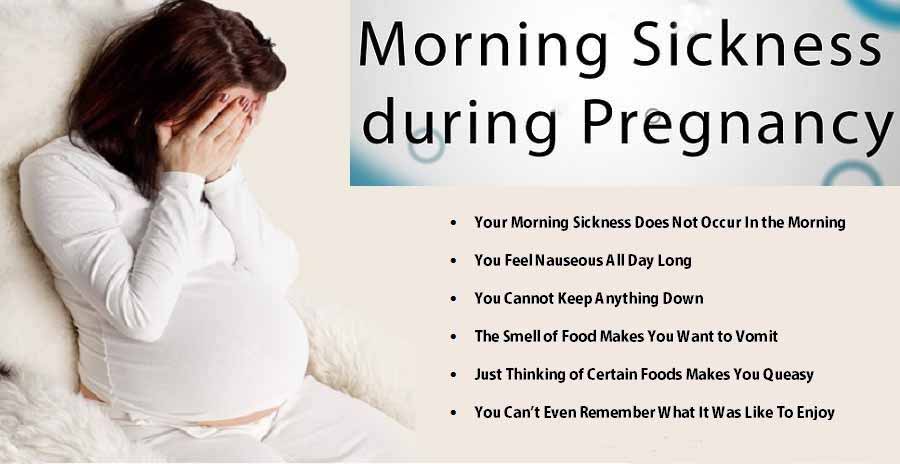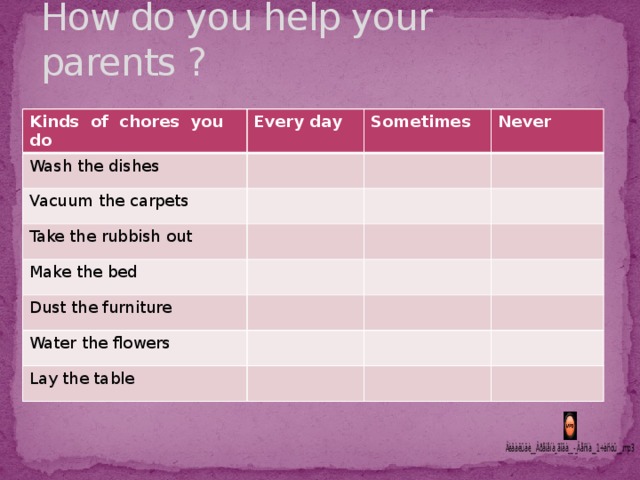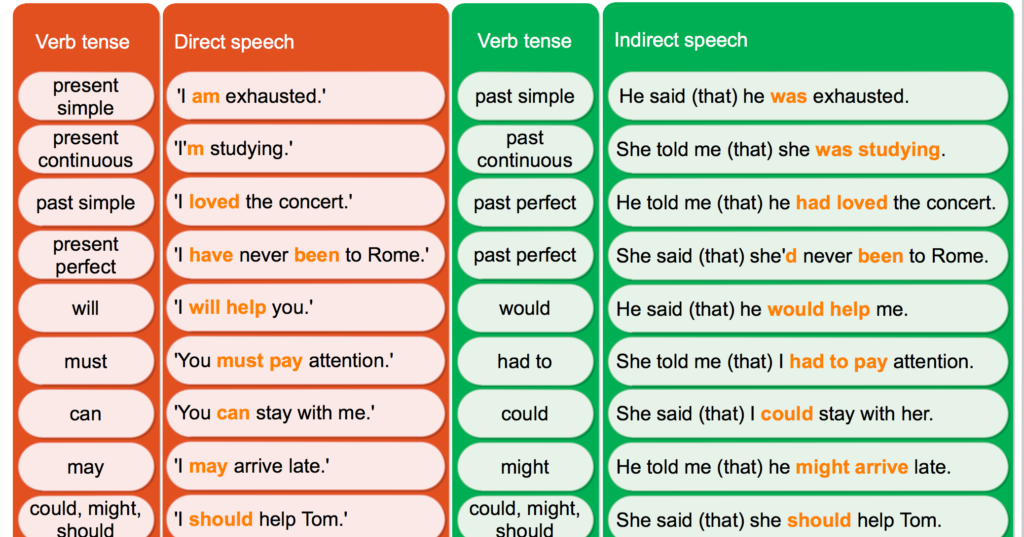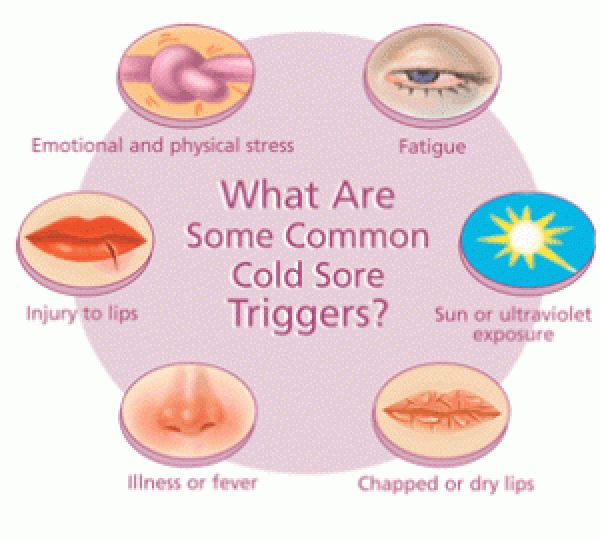Kids rash on belly
Rash or Redness - Widespread
Is this your child's symptom?
- Red or pink rash over large parts or most of the body (widespread)
- Sometimes, just on hands, feet and buttocks - but same on both sides of body
- Small spots, large spots or solid red skin
Causes of Widespread Rash or Redness
- Viral Rash. Most rashes are part of a viral illness. Viral rashes usually have small pink spots. They occur on both sides of the chest, stomach and back. Your child may also have a fever with some diarrhea or cold symptoms. They last 2 or 3 days. More common in the summer.
- Roseola. This is the most common viral rash in the first 3 years of life. (See details below).
- Chickenpox. A viral rash with a distinctive pattern. (see that Care Guide)
- Hand-Foot and-Mouth Disease. A viral rash with a distinctive pattern. It starts with tiny red spots and blisters on the palms and soles.
(see that Care Guide)
- Monkeypox. A rare viral rash that often starts on the face or genital area. It then spreads to the arms and legs. Not usually seen in children unless someone in the home has monkeypox.
- Scarlet Fever. Scarlet Fever is a speckled, red rash all over. Has a sandpaper feel. Caused by the Strep bacteria. Starts on upper chest and quickly spreads to lower chest and stomach. No more serious than a Strep throat infection without a rash.
- Drug Rash. Most rashes that start while taking an antibiotic are viral rashes. Only 10% turn out to be allergic drug rashes. (see details below)
- Hives. Raised pink bumps with pale centers. Hives look like mosquito bites. Rashes that are bumpy and itchy are often hives. Most cases of hives are caused by a virus. Hives can also be an allergic reaction. (See that Care Guide for details)
- Heat Rash. A fine pink rash caused by overheating.
 Mainly involves neck, chest and upper back.
Mainly involves neck, chest and upper back. - Insect Bites. Insect bites cause small red bumps. Flying insects can cause many bumps on exposed skin. Non-flying insects are more likely to cause localized bumps.
- Hot Tub Rash. Causes small red bumps that are painful and itchy. Mainly occurs on skin covered by a bathing suit. Rash starts 12-48 hours after being in hot tub. Caused by overgrowth of bacteria in hot tubs.
- Petechiae Rash (Serious). Petechiae are purple or dark red colored tiny dots. They come from bleeding into the skin. Scattered petechiae with a fever are caused by Meningococcemia until proven otherwise. This is a life-threatening bacterial infection of the bloodstream. Peak age is 3 to 6 months old. Unlike most pink rashes, petechiae don't fade when pressed on.
- Purpura Rash (Serious). Purpura means bleeding into the skin. It looks like purple or dark red larger spots. Widespread purpura is always an emergency.
 It can be caused by a bacterial bloodstream infection. Rocky Mountain Spotted Fever is an example.
It can be caused by a bacterial bloodstream infection. Rocky Mountain Spotted Fever is an example. - Blister Rash (Serious). Widespread blisters on the skin are a serious sign. It can be caused by infections or drugs. Stevens Johnson Syndrome is an example.
- Caution. All widespread rashes with fever need to be seen. They need to be diagnosed. Reason: some serious infections that can cause this type of rash.
Drugs and Rashes
- Prescription medicines sometimes cause widespread rashes. Some are allergic, but most are not.
- Non-prescription (OTC) medicines rarely cause any rashes.
- Most rashes that occur while taking an OTC medicine are viral rashes.
- Fever medicines (acetaminophen and ibuprofen) cause the most needless worry. Reason: most viral rashes start with a fever. Hence, the child is taking a fever medicine when the rash starts.
- Drug rashes can't be diagnosed over the phone.
Roseola - A Classic Rash
- Most children get Roseola between 6 months and 3 years of age.
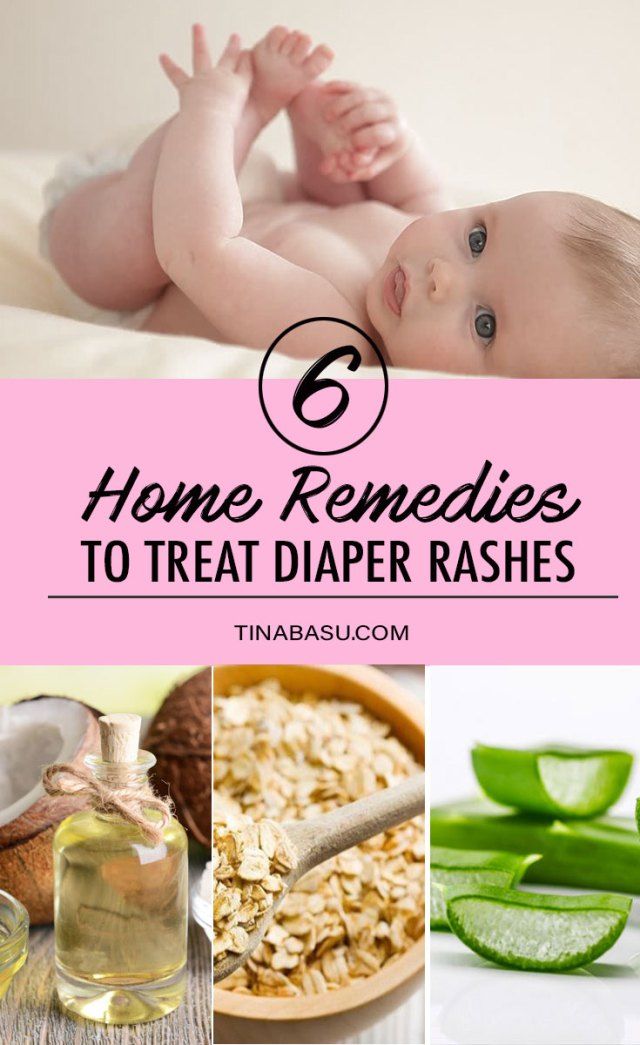
- Rash: pink, small, flat spots on the chest and stomach. Then spreads to the face.
- Classic feature: 3 to 5 days of high fever without a rash or other symptoms.
- The rash starts 12 to 24 hours after the fever goes away.
- The rash lasts 1 to 3 days.
- By the time the rash appears, the child feels fine.
- Treatment: the rash is harmless. Creams or medicines are not needed.
Localized Versus Widespread Rash: How to Decide
- Localized means the rash occurs on one small part of the body. Usually, the rash is just on one side of the body. An example is a rash on 1 foot. Exceptions: athlete's foot can occur on both feet. Insect bites can be scattered.
- Widespread means the rash occurs on larger areas. Examples are both legs or the entire back. Widespread can also mean on most of the body surface. Widespread rashes always occur on matching (both) sides of the body. Many viral rashes are on the chest, stomach and back.

- The cause of a widespread rash usually spreads through the blood stream. Examples are rashes caused by viruses, bacteria, toxins, and food or drug allergies.
- The cause of a localized rash usually is just from contact with the skin. Examples are rashes caused by chemicals, allergens, insect bites, ringworm fungus, bacteria or irritants.
- This is why it's important to make this distinction.
When to Call for Rash or Redness - Widespread
Call 911 Now
- Purple or blood-colored spots or tiny dots with fever within the last 24 hours
- Trouble breathing or swallowing
- Not moving or too weak to stand
- You think your child has a life-threatening emergency
Call Doctor or Seek Care Now
- Bright red skin that peels off in sheets
- Large blisters on skin
- Bloody crusts on the lips
- Taking a prescription medication within the last 3 days
- Fever
- Your daughter is having her period and using tampons
- Your child looks or acts very sick
- You think your child needs to be seen, and the problem is urgent
Contact Doctor Within 24 Hours
- Widespread rash, but none of the symptoms above.
 Reason: all widespread rashes need to be checked by a doctor.
Reason: all widespread rashes need to be checked by a doctor.
Seattle Children's Urgent Care Locations
If your child’s illness or injury is life-threatening, call 911.
- Bellevue
- Everett
- Federal Way
- Seattle
Care Advice for Widespread Rashes
- What You Should Know About Widespread Rashes:
- Most rashes with small pink spots all over are part of a viral illness.
- This is more likely if your child has a fever.
 Other symptoms (like diarrhea) also point to a viral rash.
Other symptoms (like diarrhea) also point to a viral rash. - Here is some care advice that should help until you talk with your doctor.
- Non-Itchy Rash Treatment:
- If you suspect a heat rash, give a cool bath.
- Otherwise, no treatment is needed.
- Itchy Rash Treatment:
- Wash the skin once with soap to remove any irritants.
- Steroid Cream. For relief of itching, use 1% hydrocortisone cream (such as Cortaid). Put it on the most itchy areas. No prescription is needed. Do this 3 times per day.
- Cool Bath. For flare-ups of itching, give your child a cool bath. Do not use soap. Do this for 10 minutes. Caution: avoid any chill. Option: Can add 2 ounces (60 mL) of baking soda per tub.
- Scratching. Try to keep your child from scratching. Cut the fingernails short. Reason: prevents a skin infection from bacteria.
- Allergy Medicine for Itching.
 If itching becomes severe, give an allergy medicine, such as Benadryl. No prescription is needed. Age limit: 1 and older. If needed longer than a few days, switch to a long-acting antihistamine, such as Zyrtec. Age limit: 2 and older.
If itching becomes severe, give an allergy medicine, such as Benadryl. No prescription is needed. Age limit: 1 and older. If needed longer than a few days, switch to a long-acting antihistamine, such as Zyrtec. Age limit: 2 and older.
- Fever Medicine:
- For fevers above 102° F (39° C), give an acetaminophen product (such as Tylenol).
- Another choice is an ibuprofen product (such as Advil).
- Note: Fevers less than 102° F (39° C) are important for fighting infections.
- For all fevers: Keep your child well hydrated. Give lots of cold fluids.
- Return to School:
- Most viral rashes can be spread to others (especially if a fever is present).
- If your child has a fever, avoid contact with other children. Also, avoid pregnant women until a diagnosis is made.
- For minor rashes, your child can return after the fever is gone.
- For major rashes, your child can return to school after the rash is gone.
 If your doctor has given medical clearance, your child can return sooner.
If your doctor has given medical clearance, your child can return sooner.
- What to Expect:
- Most viral rashes go away within 48 hours.
- Call Your Doctor If:
- You think your child needs to be seen
- Your child becomes worse
And remember, contact your doctor if your child develops any of the 'Call Your Doctor' symptoms.
Disclaimer: this health information is for educational purposes only. You, the reader, assume full responsibility for how you choose to use it.
Last Reviewed: 12/05/2022
Last Revised: 09/16/2022
Copyright 2000-2022. Schmitt Pediatric Guidelines LLC.
Pictures of Childhood Skin Problems: Common Rashes and More
Medically Reviewed by Debra Jaliman, MD on August 06, 2021
Wondering about that rash, welt, or bump on your child's skin? Sickness, allergies, and heat or cold are often behind kids' skin changes.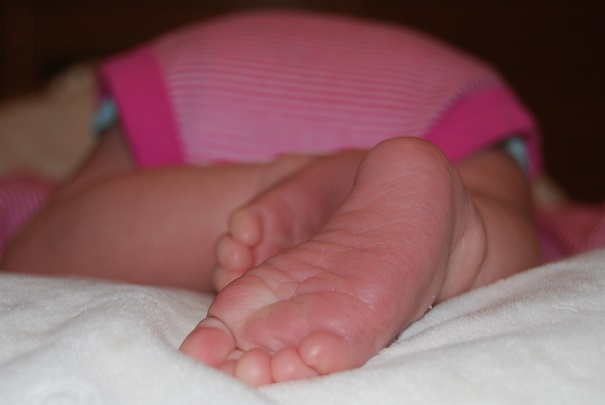 Most aren't a big deal and are easy to treat. You can learn to tell what many of them look like. Of course, always check with your child's doctor to know for sure and get the right treatment.
Most aren't a big deal and are easy to treat. You can learn to tell what many of them look like. Of course, always check with your child's doctor to know for sure and get the right treatment.
Worms don't cause ringworm. And ringworm doesn't need to be itchy. It's caused by a fungus that lives off dead skin, hair, and nail tissue. It starts as a red, scaly patch or bump. Then comes the telltale itchy red ring. The ring has raised, blistery, or scaly borders. Ringworm is passed on by skin-to-skin contact with a person or animal. Kids can also get it by sharing things like towels or sports gear. Your doctor may treat it with antifungal creams.
This contagious and usually mild illness passes in a couple of weeks. Fifth disease starts with flu-like symptoms. A bright face ( classically described as a 'slapped cheek' appearance) and body rash follow. It’s spread by coughing and sneezing and most contagious the week before the rash appears. It's treated with rest, fluids, and pain relievers (do not give aspirin to children). If your child has fifth disease and you are pregnant, call your doctor.
If your child has fifth disease and you are pregnant, call your doctor.
This once-common rash isn't seen as much in today's kids thanks to the chickenpox vaccine. It’s very contagious, spreads easily, and leaves an itchy rash and red spots or blisters all over the body. The spots go through stages. They blister, burst, dry, and crust over. Chickenpox can be very serious. All young kids should get a chickenpox vaccine. So should teens and adults who never had the disease or the vaccine.
Impetigo, caused by bacteria, creates red sores or blisters. These can break open, ooze, and develop a yellow-brown crust. Sores can show up all over the body but mostly around the mouth and nose. Impetigo can be spread through close contact or by sharing things like towels and toys. Scratching can spread it to other parts of the body. It's treated with antibiotic ointment or oral antibiotics.
A virus causes these funky but mostly harmless, painless skin growths. Warts can spread easily from person to person.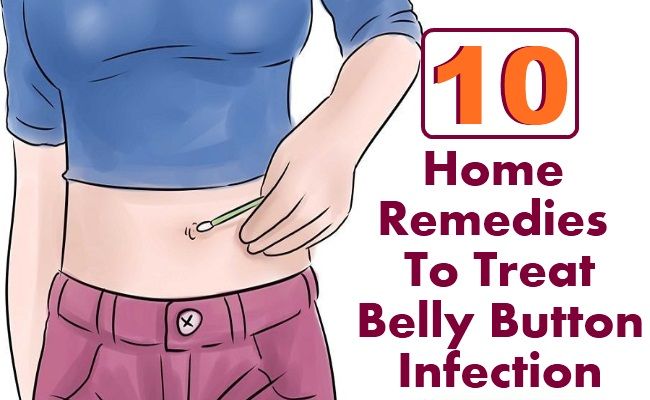 They also spread by touching an object used by a person with the virus. They're most often found on fingers and hands. To prevent warts from spreading, tell your child not to pick them or bite nails. Cover warts with bandages. They can easily be treated in a doctor's office by a freezing procedure.
They also spread by touching an object used by a person with the virus. They're most often found on fingers and hands. To prevent warts from spreading, tell your child not to pick them or bite nails. Cover warts with bandages. They can easily be treated in a doctor's office by a freezing procedure.
Blame blocked sweat ducts. Heat rash looks like small red or pink pimples. You usually see heat rash on the head, neck, and shoulders of babies. The rash often comes when well-meaning parents dress a baby too warmly. But it can happen to any child in very hot weather. Dress your baby in only one more layer than you're wearing. It's OK if their feet and hands feel cool to the touch.
Some kids' skin reacts after touching foods, soaps, or plants like poison ivy, sumac, or oak. The rash usually starts within 48 hours after skin contact. Minor cases may cause mild redness or a rash of small red bumps. In severe cases you may see swelling, redness, and larger blisters. This rash usually goes away in a week or two but can be treated with an anti-inflammatory cream like hydrocortisone.
Despite its scary name, this is a common childhood illness. It starts with a fever, followed by painful mouth sores and a non-itchy rash. The rash blisters on hands, feet, and sometimes buttocks and legs. It spreads through coughing, sneezing, and used diapers. So wash hands often. Coxsackie isn’t serious and usually goes away on its own in about a week.
Kids prone to eczema may have other allergies and asthma. The exact cause isn't clear. But kids who get it tend to have a sensitive immune system. Watch for a raised rash with dry skin and intense itching. Atopic dermatitis is the most common type of eczema. Some children outgrow it or have milder cases as they get older.
Many things can trigger these itchy or burning welts. Medicines such as aspirin (which kids should never take) and penicillin can set off hives. Food triggers include eggs, nuts, shellfish, and food additives. Heat or cold and strep throat can also cause hives. Welts can show up anywhere on the body and last minutes or days. Sometimes an antihistamine can help. Hives can be a sign of serious problems, especially when they come with breathing troubles or swelling in the face. In those cases or if hives don't go away, see your doctor.
Sometimes an antihistamine can help. Hives can be a sign of serious problems, especially when they come with breathing troubles or swelling in the face. In those cases or if hives don't go away, see your doctor.
Scarlet fever is strep throat with a rash. Symptoms include sore throat, fever, headache, belly pain, and swollen neck glands. After 1-2 days, a red rash with a sandpaper texture shows up. After 7-14 days, the rash rubs off. Scarlet fever is very contagious, so wash hands often to keep it from spreading. Call your child's doctor if you think your child has it. They'll probably be treated with with antibiotics.
Roseola, a mild illness, gets its nickname from a list of six common childhood rashes. Young kids 6 months to 2 years are most likely to get it. It's rare after age 4. It starts with a cold, followed by a few days of high fever (which can trigger seizures). Then the fevers end suddenly. They're followed by a rash of small, pink, flat, or slightly raised bumps. It shows up first on the chest and back, then hands and feet.
It shows up first on the chest and back, then hands and feet.
IMAGES PROVIDED BY:
(1) George Doyle / Stockbyte
(2) Tom Myers / Photo Researchers, Inc
(3) © Pulse Picture Library/CMP Images / Phototake -- All rights reserved.
(4) © ISM / Phototake -- All rights reserved.
(5) © Pulse Picture Library/CMP Images / Phototake -- All rights reserved.
(6) © ISM / Phototake -- All rights reserved.
(7) Courtesy of K.E. Greer, MD
(8) Bill Beatty / Visuals Unlimited
(9) © ISM / Phototake -- All rights reserved.
(10) © ISM / Phototake -- All rights reserved.
(11) © Scott Camazine / Phototake -- All rights reserved.
(12) Courtesy of the CDC
(13) © Scott Camazine / Phototake -- All rights reserved.
SOURCES:
American Academy of Dermatology: "Atopic dermatitis," "Hives."
CDC: "Hand, Foot, and Mouth Disease (HFMD)."
KidsHealth: "Chickenpox," "Fifth Disease," "Ringworm," "Roseola," "Warts."
Medscape Reference: "Allergic Contact Dermatitis," "Impetigo. "
"
Princeton University Health Services: "Skin Care."
Sutter Health: "Caring for Your Newborn."
© 2021 WebMD, LLC. All rights reserved. View privacy policy and trust info
Rash in a child on the body, legs, back
We treat children according to the principles of evidence-based medicine: we choose only those diagnostic and treatment methods that have proven their effectiveness. We will never prescribe unnecessary examinations and medicines!
Make an appointment via WhatsApp
Prices Doctors
The first children's clinic of evidence-based medicine in Moscow
No unnecessary examinations and medicines! We will prescribe only what has proven effective and will help your child.
Treatment according to world standards
We treat children with the same quality as in the best medical centers in the world.
The best team of doctors in Fantasy!
Pediatricians and subspecialists Fantasy - highly experienced doctors, members of professional societies.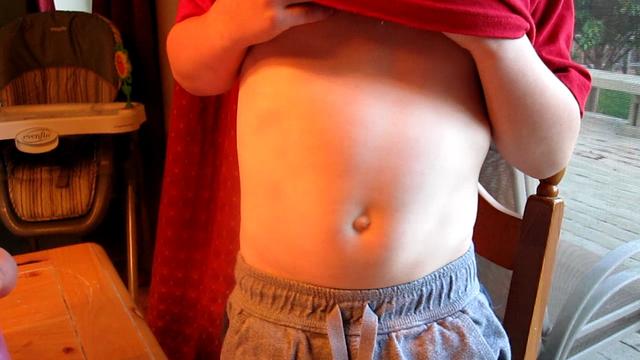 Doctors constantly improve their qualifications, undergo internships abroad.
Doctors constantly improve their qualifications, undergo internships abroad.
Ultimate treatment safety
We made pediatric medicine safe! All our staff work according to the most stringent international standards JCI
We have fun, like visiting best friends
Game room, cheerful animator, gifts after the reception. We try to make friends with the child and do everything to make the little patient feel comfortable with us.
You can make an appointment by calling or by filling out the form on the website
Other Pediatric services
- Pediatrician's consultation
- Child Health Management Program
Frequent calls
- Acute bronchiolitis in children: diagnosis and treatment
- SARS
- Angina streptococcal tonsillitis
- Frequently ill child
- Intestinal infections
- Pneumonia (pneumonia) in children
- Colic
- Feeding problems
- Prolonged cough in a child: diagnosis and treatment
- Acute bronchitis in children: diagnosis and treatment
- Pneumonia (pneumonia) in children: diagnosis and treatment
- False croup in a child
- Coxsackie virus in a child
- The child was bitten by a tick! What to do?
Online payment
Documents online
Online services
Causes of a rash in children
Naturally, only a pediatrician, dermatologist or allergist can correctly determine the cause of the rash , diagnose and prescribe treatment for a child.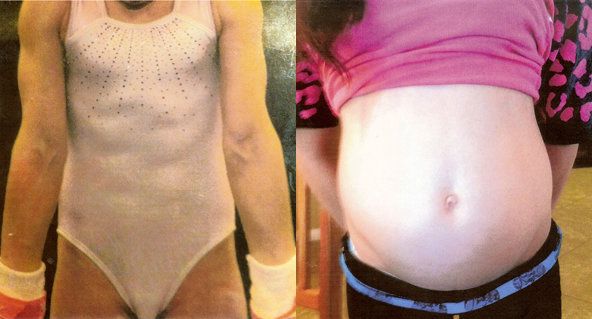 But provide initial assistance, relieve itching and the parents themselves can help the baby, knowing the main signs and causes of rash . At the first stage, it is important to determine the nature of the rash - infectious , allergic or none of the above.
But provide initial assistance, relieve itching and the parents themselves can help the baby, knowing the main signs and causes of rash . At the first stage, it is important to determine the nature of the rash - infectious , allergic or none of the above.
Causes of rashes in children:
1. Newborn acne . For the first time may occur in newborns at the age of 1 - 2 months. As a rule, such rashes are hormonal in nature, are not contagious and are not allergic . A rash in the form of pimples, sometimes with a white dot in the middle, appears on the head, body of the baby. If there are no purulent compartments, then the rash goes away on its own and does not require treatment. Acne can also occur in teenagers. They most often appear on the face in the form of black dots and are associated with hormonal changes in the body of a teenager and an increased work of the sebaceous glands. To prevent acne, there are cosmetic lotions, washing gels and other products. In case of inflammation, it is better to seek advice from a pediatric dermatologist or cosmetologist, because. antibiotic treatment may be needed;
To prevent acne, there are cosmetic lotions, washing gels and other products. In case of inflammation, it is better to seek advice from a pediatric dermatologist or cosmetologist, because. antibiotic treatment may be needed;
2. Urticaria is an allergic reaction on the child's skin, accompanied by itching and the appearance of blisters on various parts of the body, in some cases the temperature may rise and the child's stool is disturbed. The blisters appear suddenly and can disappear just as quickly, but sometimes they disappear only after a few days. The causes of urticaria can be various factors: hormonal disorders, malfunctions of the liver, kidneys, consumption of foods that caused an allergic reaction (fish, eggs, citrus fruits, etc.), insect bites, reaction to sunlight, temperature changes, emotional stress etc. Urticaria can be chronic does not go away for a long time, and acute disappears after a few hours.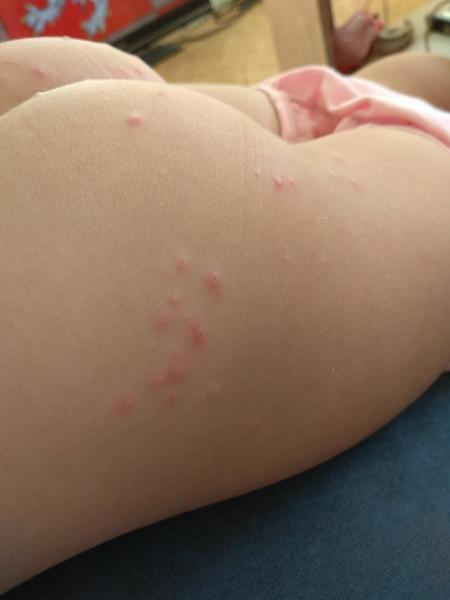 For the treatment of urticaria, it is important to identify the underlying cause that caused it;
For the treatment of urticaria, it is important to identify the underlying cause that caused it;
3. Food allergy manifests as pinkish-red spots. It is slightly convex, edematous in places of scratching and is accompanied by itching. It is localized, as a rule, on the baby's cheeks, but can also appear on other parts of the body. It can occur in both infants and adolescents. If the baby is breastfed, then the allergy that has arisen is associated with the products consumed by the mother. If the newborn is artificially fed, then an allergic reaction may appear on the mixture. In older children, food allergies can be caused by fish, eggs, nuts, chocolate, strawberries, and other foods;
Allergy, as a rule, is accompanied by edema, which in turn, if not properly treated and provided with untimely assistance, cause suffocation . If an allergy of any nature occurs, a pediatrician's consultation is required to help in choosing the optimal mixture for the baby, or a pediatric dermatologist - allergist for referral to laboratory tests of older children ;
4.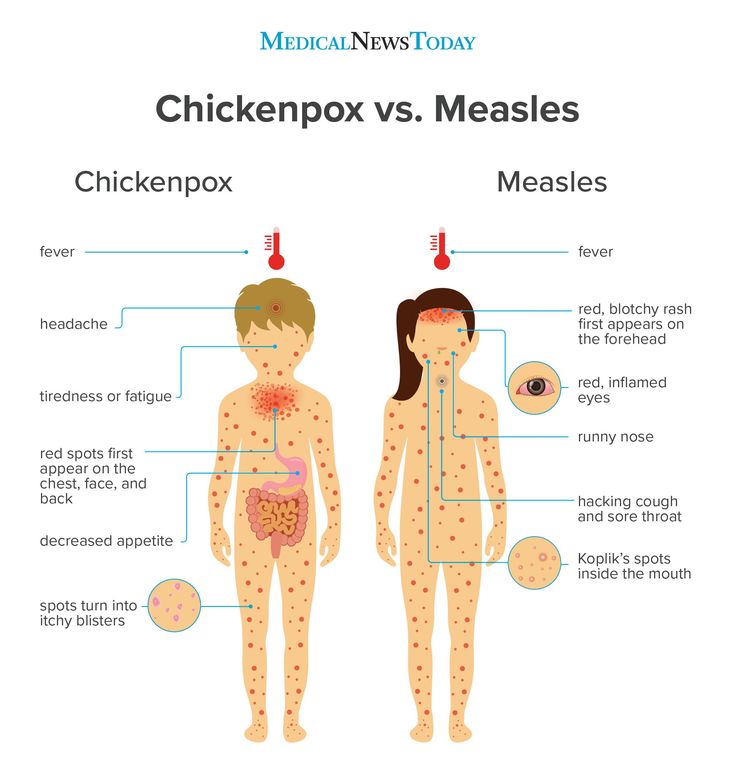 Household allergies . It can occur in both newborns and older children. It usually appears as pimples all over the body and is accompanied by lachrymation, sneezing. The causes of such a reaction of the body can be washing powder and other detergents, dust, plants, animal hair, etc. An allergic rash differs from an infectious rash in that the child does not have a temperature with it, he does not have general ailments, there is no loss of appetite, drowsiness;
Household allergies . It can occur in both newborns and older children. It usually appears as pimples all over the body and is accompanied by lachrymation, sneezing. The causes of such a reaction of the body can be washing powder and other detergents, dust, plants, animal hair, etc. An allergic rash differs from an infectious rash in that the child does not have a temperature with it, he does not have general ailments, there is no loss of appetite, drowsiness;
5. Prickly heat . It occurs mainly in infants. It manifests itself in the form of red pimples all over the body, especially in the inguinal zone. The affected areas must be smeared with a special baby cream, air baths more often for the baby and a diaper change;
6. Roseola (erythema infectiosum) is an acute childhood viral disease affecting only children under 2 years of age. Very often, roseola is confused with SARS or rubella . At the beginning of the illness, the baby's temperature rises sharply, which lasts 3-5 days, and after that the child becomes covered with a red-pink rash that disappears in 5-7 days. This is not a dangerous disease, it does not require treatment, and if it occurs, the child should be given only antipyretic drugs;
At the beginning of the illness, the baby's temperature rises sharply, which lasts 3-5 days, and after that the child becomes covered with a red-pink rash that disappears in 5-7 days. This is not a dangerous disease, it does not require treatment, and if it occurs, the child should be given only antipyretic drugs;
7. Windmill . This is a common childhood infectious disease that requires treatment. The incubation period of this disease can last from 11 to 21 days. Occurs at any age. It is accompanied by a rash on the skin and mucous membranes in the form of red spots, in the center of which blisters with a yellowish liquid are localized. Accompanied by itching. As the disease progresses, the blisters burst, crusts form, leaving scars if the child has scratched the blister and brought the infection. The disease can also cause fever and headache;
8. Measles is an acute infectious disease that is quite rare due to the use of vaccinations. In addition, this virus is rarely activated in babies under 8 months old, because. they are protected by their mother's immunity. The disease begins with symptoms of a common cold - coughing, lacrimation, sneezing and fever up to 40 C. Then the child develops white spots on the mucous surface of the cheeks, nasal discharge, severe headache, photophobia. Then, within a few days, red spots of various shapes appear on the face, neck, near the head and further throughout the body. The disease is contagious within a week of the onset of the first symptoms. The virus is dangerous with complications such as: meningitis , pneumonia , development of deafness, brain damage and even death;
In addition, this virus is rarely activated in babies under 8 months old, because. they are protected by their mother's immunity. The disease begins with symptoms of a common cold - coughing, lacrimation, sneezing and fever up to 40 C. Then the child develops white spots on the mucous surface of the cheeks, nasal discharge, severe headache, photophobia. Then, within a few days, red spots of various shapes appear on the face, neck, near the head and further throughout the body. The disease is contagious within a week of the onset of the first symptoms. The virus is dangerous with complications such as: meningitis , pneumonia , development of deafness, brain damage and even death;
9. Scarlet fever is an acute infectious streptococcal disease. Begins with sore throat, high temperature, enlarged tonsils , in some cases with plaque. Then a small dotted rash appears on the back, chest, knees, armpits, groin and quickly spreads throughout the body and face. Only the area around the mouth remains white. Throat and tongue become very red. By the end of the disease, peeling of the skin on the toes and hands begins;
Only the area around the mouth remains white. Throat and tongue become very red. By the end of the disease, peeling of the skin on the toes and hands begins;
10. Rubella is an acute infectious disease . The disease begins with a slight increase in temperature and enlargement of the lymph nodes in the parotid and cervical region. A small rash also appears on the face and behind the ears, and then all over the body. Rubella is very dangerous for pregnant women, and complications can occur in older children and adolescents. In children, the disease proceeds in a fairly mild form;
11. Meningitis is an inflammation of the membranes of the brain and spinal cord. Rash in meningitis is not the main symptom. However, with this disease, rashes appear on the back of the throat, as well as on the hips, back, buttocks in the form of a red rash of various shapes. Symptoms of meningitis include very high fever, severe headache, vomiting, photophobia, and neck muscle tension.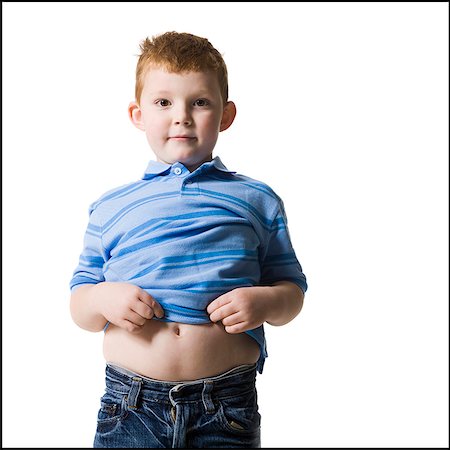 At the slightest suspicion of meningitis, parents should immediately consult a doctor. Timely help with this disease will save the child's life;
At the slightest suspicion of meningitis, parents should immediately consult a doctor. Timely help with this disease will save the child's life;
12. Streptoderma is a skin infection caused by Staphylococcus aureus. The disease affects, as a rule, the paranasal and perioral region. In the beginning, redness appears around the nose and mouth, then small bubbles with liquid. When they burst, yellow crusts remain. The disease may be accompanied by fever;
13. Herpes is an infectious disease accompanied by the appearance of blisters on the skin and mucous membranes, in children it is most often located on the lips. This disease is extremely rare in newborns, because. they are given maternal immunity. It affects children from 3 to 4 years of age. In addition to a rash, the disease may be accompanied by a sore throat, fever.
There are a lot of skin rashes and diseases in children, they can be very similar, but some are completely harmless to your child's health, while others pose a threat not only to the general condition, but also to the child's life! Do not take risks, and if you have any doubts, if any spots, rashes and other symptoms appear, contact your pediatrician, who, if necessary, will refer you and your child to a pediatric dermatologist, allergist, neurologist or other highly specialized specialist, depending on the nature of the rash and the severity of the skin disease.




